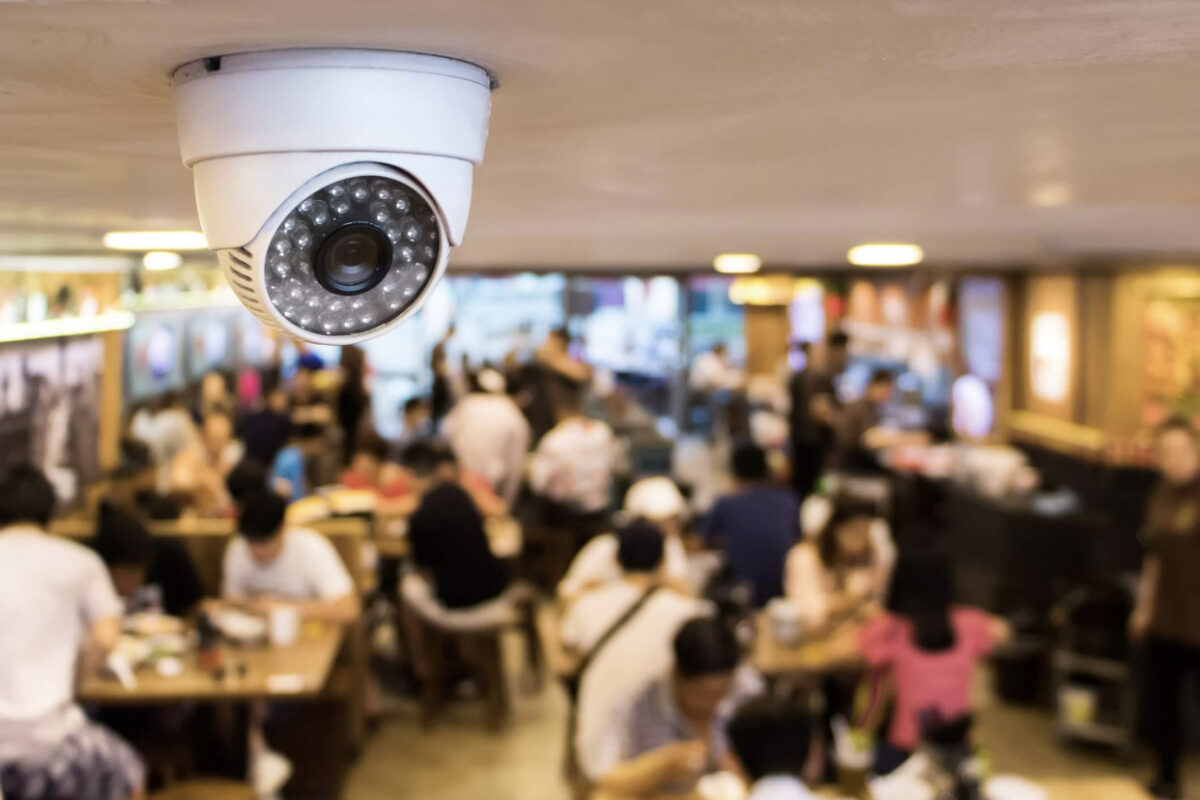By Iris Fambro Carter
Closed Circuit Television (CCTV), is a security and surveillance measure that uses video cameras to transmit signals from specific areas that are monitored. CCTV is different from broadcast television because it is not openly transmitted. Some versions of CCTV may use point-to-point (P2P), point-to-multipoint (P2MP), mesh wired, or wireless connections. What distinguishes CCTV from other forms of video camera usage is the intentionality of surveillance for security. CCTV has proven to be a useful tool for security and monitoring. The technology can be found at traffic stops, ATMs, stores, and other areas where security is needed. The installation of CCTV could bring some peace of mind.
The earliest version of CCTV developed in 1927 by Russian physicist Léon Theremin, was a manually-operated scanning and transmitting camera with wireless shortwave transmitter capabilities. Although the receiver projected 100 lines resolution, which was grainy, it provided security because it was able to capture activity that crossed the path of the video camera. The technology was used by several European countries for a few decades before the technology made its way to the United States in 1949 via the development of a CCTV system by Veracon. Pitching CCTV to the American public posed a challenge because of FCC regulations enacted the same year. But Veracon coined it as a surveillance system that did not require a government permit.
Veracon pointed out that a surveillance camera did not broadcast a signal because it was a closed-circuit, and therefore, did not need to be approved by the government. This was a key point to mention because the same year Veracon was marketing their surveillance video the Federal Communications Commission (FCC) introduced a policy that required holders of broadcast licenses to report controversial issues of public importance in a timely manner. The FCC eliminated the policy in 1987 and removed the rule that implemented the policy from the Federal Register in 2011. Although there are no longer FCC requirements that need to be adhered to when Veracon began marketing their surveillance system, being able to provide security that did not need government approval may have helped the growth of CCTV in America.
Today, businesses use CCTV to observe areas within the company, such as a control room, warehouse, or lobby. CCTV has evolved to use other means of recordings such as the use of digital video recorders (DVRs) that could be used for multiple years. Some systems use motion detection and email alerts. Decentralized IP cameras can be used to support recordings that are attached to storage devices, or an internal flash drive that is an independent stand-alone unit. CCTV systems range from simple installations that include one camera that possibly covers a small area to complex installations that may include multiple video cameras, monitors, alarms sensors, and virtual monitoring via a smartphone app.
Businesses employ the use of a CCTV system to monitor inventory and worker activity. CCTV is designed to record information as blocks with subtitles that explain the operation. This could be a means to track how workers perform their duties. Employee performance monitoring could reveal work processes that could be revised to provide more efficient and safer ways of performing tasks. Some business actions that could be monitored through CCTV for tracking and analysis include:
- Scanning goods for warehousing, logistics, and inventory;
- Business password protection
- Monitoring and modifying documents
- Monitoring areas for security
- Could be programmed to implement operations
- Other operations that are could be captured through the use of CCTV
Operations that are performed using CCTV are labeled with detailed monitoring. Some CCTV systems allow the user to search for specific events based on the time an occurrence happened. CCTV could also perform statistical evaluations of the behavior of the operator. With the utility of CCTV, businesses could help their business perform at the optimal height possibly resulting in higher returns and job satisfaction.
CCTV provides a sense of security because of the recording capabilities. A study shows that surveillance cameras could result in a crime rate reduction of 50% or more. Also, the added benefit to having a properly installed surveillance system is that you may have clear evidence if a crime is committed. The upfront costs of a properly installed CCTV system pays for itself by the cost-saving measures provided. Since budgets and security needs vary it is best to consult a licensed CCTV installer for surveillance equipment, packages, and pricing.

